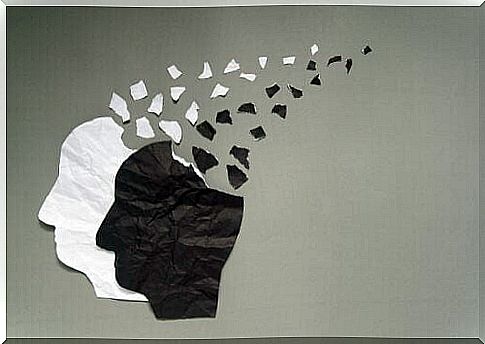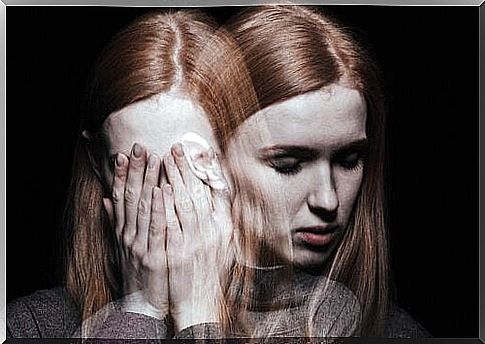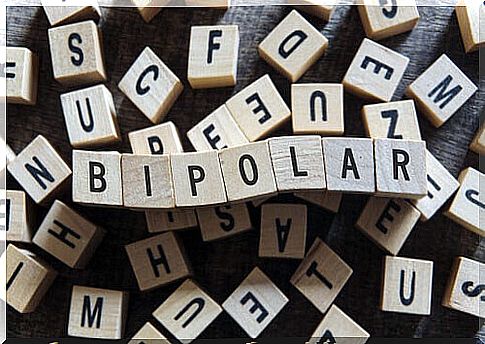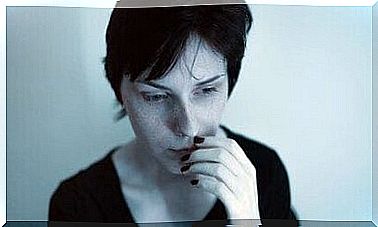Cyclothymia: Symptoms, Causes And Treatment

The main trait or characteristic of cyclothymia (cyclothymic disorder) is a chronic and fluctuating alteration in mood. We can say that cyclothymia is the “little brother” of bipolar disorder.
In cyclothymia, the fluctuation in mood involves many periods of hypomanic symptoms. And periods of depressive symptoms that differ from each other. What is really important is that the hypomanic symptoms are insufficient in number. In severity. In generalization. Or in duration. And this to meet the criteria of a hypomanic episode.
The same goes with depressive symptoms. These are insufficient in number, severity, generalization or duration to meet the criteria for a major depressive episode. We would talk about bipolar disorder if it were any different. That’s why we said cyclothymia “the little brother” of bipolar disorder.
Hypomania and depressive symptoms
When we talk about hypomania, we are referring to a state similar to mania, but of lesser intensity. Hypomania is a psychiatric disorder that manifests itself as irritability or excitement of transient onset. This is a less significant or “incomplete” form of a manic episode.

Among the symptoms of hypomania we find an elevated mood for several days, associated with restlessness, decreased sleep time, hyperactivity and exaggerated self-confidence, denoting significant changes in the condition. person’s previous. Hospitalization is usually not necessary, unlike with mania.
When it comes to the depressive symptoms of cyclothymia, we can say that they are the same as those we experience in any depressed person. C are symptoms, however, are not as striking or as intense as in a major depressive episode.
Characteristics of cyclothymia or cyclothymic disorder
Symptoms should persist for the first two years of illness. In other words, show up most days. The criterion is one year instead of two in the case of children and adolescents.
When it comes to diagnosis, any interval in which the person is symptom-free should last more than two months. We would not speak of cyclothymia in such a case. The diagnosis of cyclothymia can only be made if the criteria for a major depressive episode, manic or hypomanic, are not met.
Cyclothymia should not be diagnosed if the mood swings pattern is best explained by schizophrenic disorder, schizophrenia, schizophreniform disorder, delusional disorder, or another spectrum of schizophrenia or other psychotic disorders. In other words, these disorders would be diagnosed first if they met the required criteria.
Furthermore, and still concerning the diagnosis, cyclothymia should not be confused with alteration of mood due to the physiological effects of a substance. Or some other medical condition. Certain substances (drugs or drugs) can indeed trigger similar symptoms.
Like most psychological disorders, cyclothymia can only be diagnosed in the presence of clinically significant alteration or affectation. This alteration can manifest itself in social areas. Professional. Or in other important areas of functioning, being the result of altered mood.
What are the diagnostic criteria for cyclothymia?
According to the DSM-5 (Diagnostic and Statistical Manual of Mental Disorders), the following diagnostic criteria must be repeated to diagnose cyclothymic disorder :
- The person should experience periods with hypomanic symptoms that do not meet the criteria for a hypomanic episode, as well as many periods with depressive symptoms that do not meet the criteria for a major depressive episode for at least two years (at least less than one year in children and adolescents).
- She must experience periods of hypomania and depression for at least half of the time during the two-year period mentioned above. She must also experience symptoms for more than two months in a row.
- The person has never lived through the criteria for an episode of major, manic or hypomanic depression.
- The symptoms of the first condition are not better explained by schizoaffective disorder. Schizophrenia. A schizophreniform disorder. A delusional thought disorder. Or another disorder on the schizophrenia spectrum. And other specific or non-specific psychotic disorders.
- Symptoms cannot be attributed to the physiological effects of a substance (eg, medication, drug) or other medical condition (eg, hyperthyroidism).

The onset of this disorder is usually insidious. Its course is persistent. There is also a 15-50% chance that a patient with cyclothymia will later develop bipolar I or bipolar II disorder .
As we can see, cyclothymic disorder or cyclothymia is a disorder related to bipolar disorder. It differs in that the hypomanic symptoms do not meet the criteria for a hypomanic episode. Depressive symptoms do not meet the criteria for an episode of major depression either.










